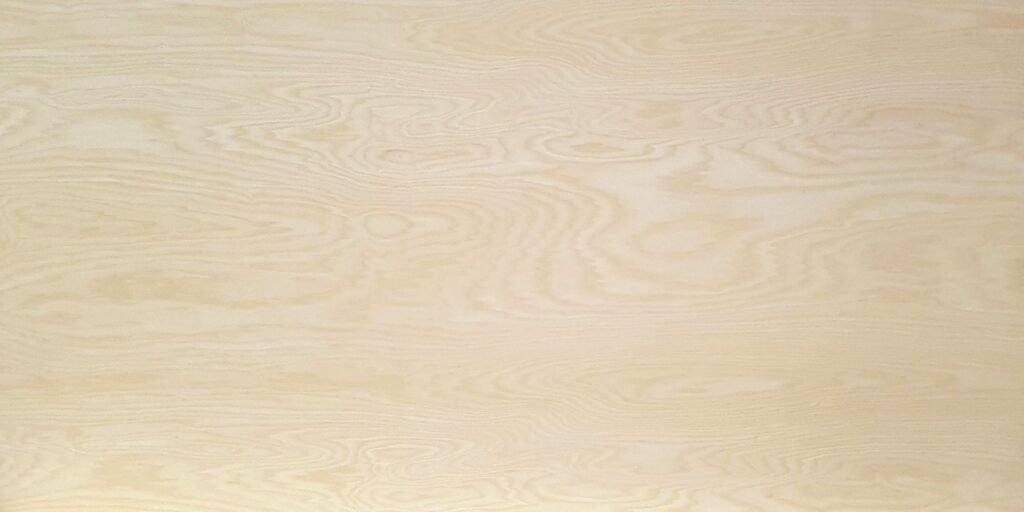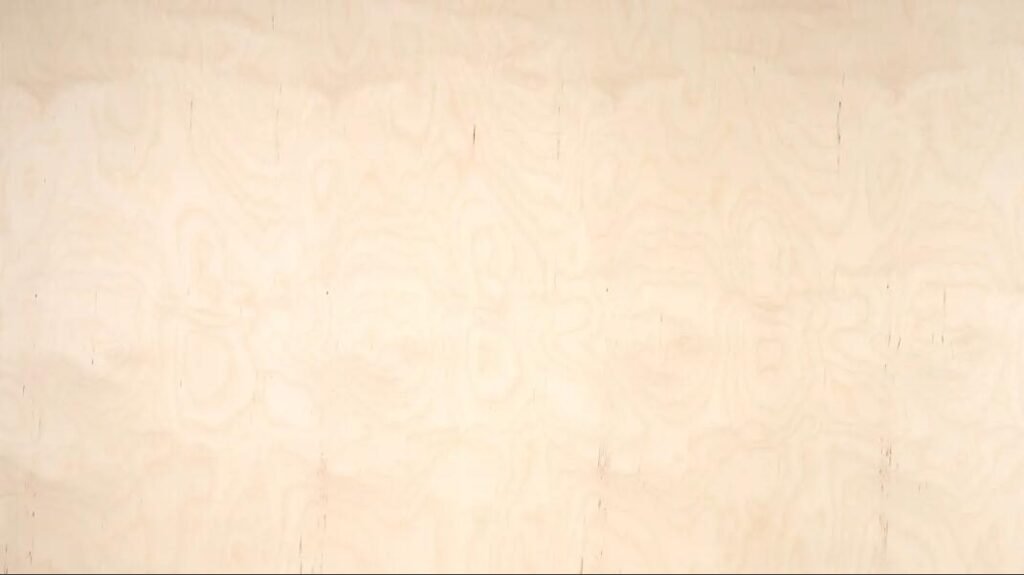Ash veneer
The ash tree, Fraxinus, is a common species in northern temperate climates. Commercially, it is significant in Japan, Europe, and North America. It often reaches heights of 20–35 m and has a 1 m-diameter trunk. Ash veneer’s sapwood often has a light to virtually white color. The heartwood has a grayish brown to light brown color spectrum. It is typically straight grained and displays a noticeable growth ring motif. It occasionally has a wavy grain, which improves its ornamental appeal.
Download ash plywood catalog
Ash plywood veneer grade catalogue

Commercial plywood ash plywood with ash veneer
Ash, which grows primarily along streams and rivers and in riparian forests, is one of the most valuable woods in the Central European forest. It’s used in tool handles and gymnastic equipment because of its suppleness and shock resistance. The wood’s ring and coarse pores give it its characteristic, expressive character. Depending on the area, the ash does not begin to grow its brown heart until it is between 70 and 90 years old. The broad, light yellowish sapwood contrasts significantly with the brown to dark brown, or occasionally light brown, heartwood.
Ash trees often grow to a height of 17 to 35 meters. But on very advantageous sites, heights of over 40 m are possible. The ash can be as thick as 1 m and free of knots up to 20 m. Up to the age of 50, the ash’s bark is smooth and greenish grey; after that, it turns brown and virtually black with noticeable longitudinal and transverse fractures. In young alder, the bark is greenish; later, it turns dark brown and becomes highly broken.
The ash is ring-porous, and in longitudinal section, the big vessels in the early wood seem like coarse needle cracks. All parts of the Ash may plainly be seen to have annual rings. The heartwood of the European Ash ranges in color from creamy white to light brown, and it can occasionally be dark brown or black. The difference between sapwood and heartwood is minimal. Ash wood with a red, brown, or black heartwood is less durable than ash wood with a white heartwood, which is a quality flaw.
Cream to light tan is the color of the heart wood. The ash veneer with a straight grain and the crown are cut from it. This veneer has a distinctive grain pattern that makes it ideal for use in architectural paneling and office desks thanks to a clearly defined growing ring. It has a nice texture and a nice finish. available after being dyed in a variety of colors. A fiddle back figure is present in some quarter-cut veneers, which is only present in a tiny number of logs.


Thin sheet of light ash veneer laid on thick paper. High degree of elasticity, simple handling, and ready to be directly glued to any chosen surface. Veneer sheets can be used for a variety of purposes and make a suitable replacement for solid wood. This method works whether you are updating doors, kitchen cabinet doors, or old furniture. It can be used for a variety of other decorative applications as well. Your imagination is the only restriction.
Ash veneer You can easily modify sheets by cutting, shearing, or punching them out. The surface is then covered in adhesive.
The sheet’s grain structure is usually longitudinal.
The ash veneer needs to be treated with varnish, soap, or oil because it is currently untreated.
Specifications(Panel Size)
| Thickness | 1.5mm/2mm/3mm/4mm/5mm/6mm/9mm/12mm/15mm/16mm/17mm/18mm/22mm/25mm/40mm |
| Size | 1220*2440mm/1250*2500mm/1525*1525mm |
| Faces | Ash veneer both sides, sanded,Suitable for decorative use |
| Thickness Tolerance | ±0.2mm |
| Surface Treatment | Polished/Non-Polished |
| Moisture Content | 6%~9% |
| Density | 660-730kg/m3 |
| Glue emission level | E0, P2, WBP,MR |
Ash Plywood Core Construction
Thickened poplar birch core
Eucalyptus core
Birch core
Poplar core


